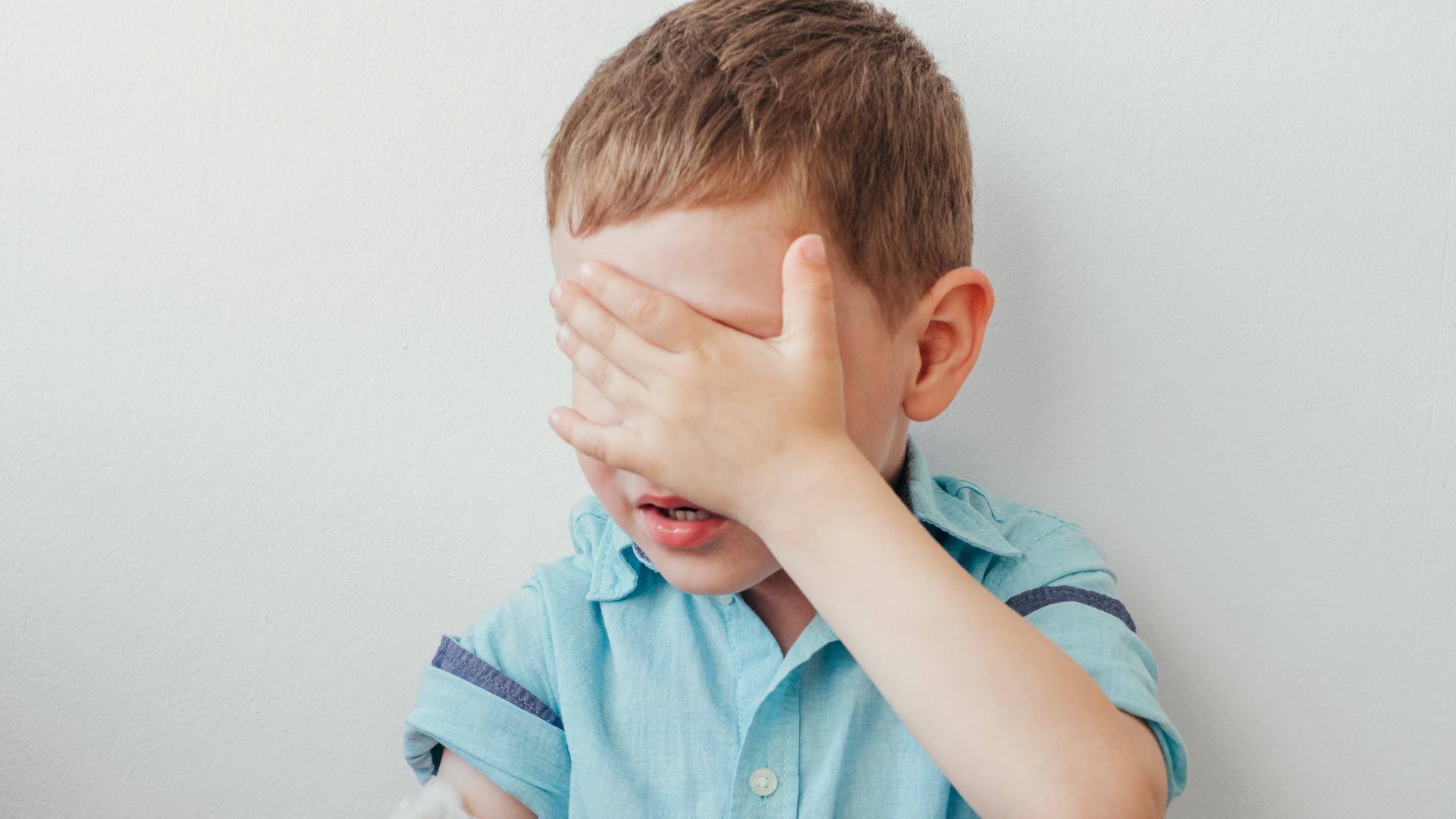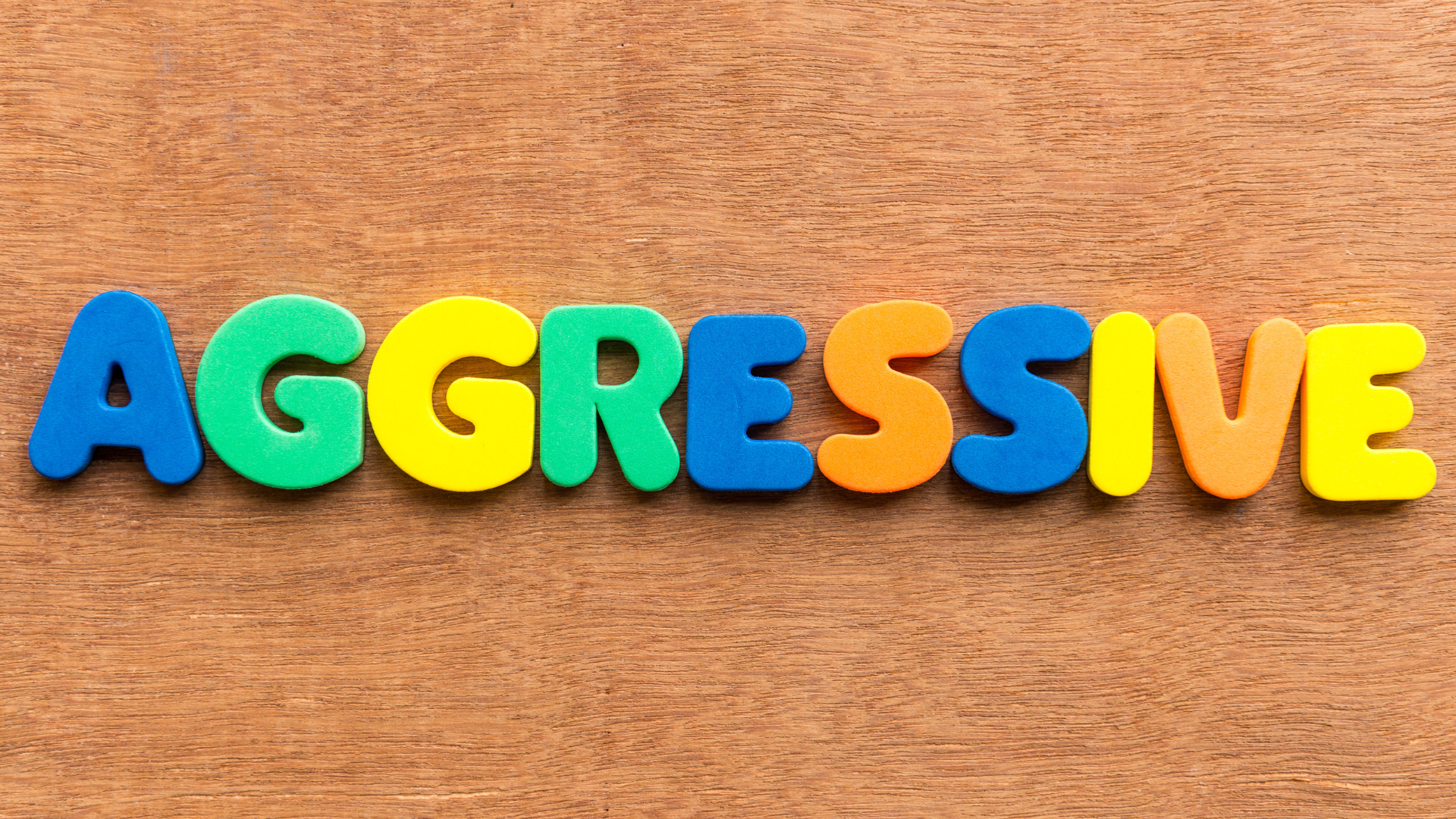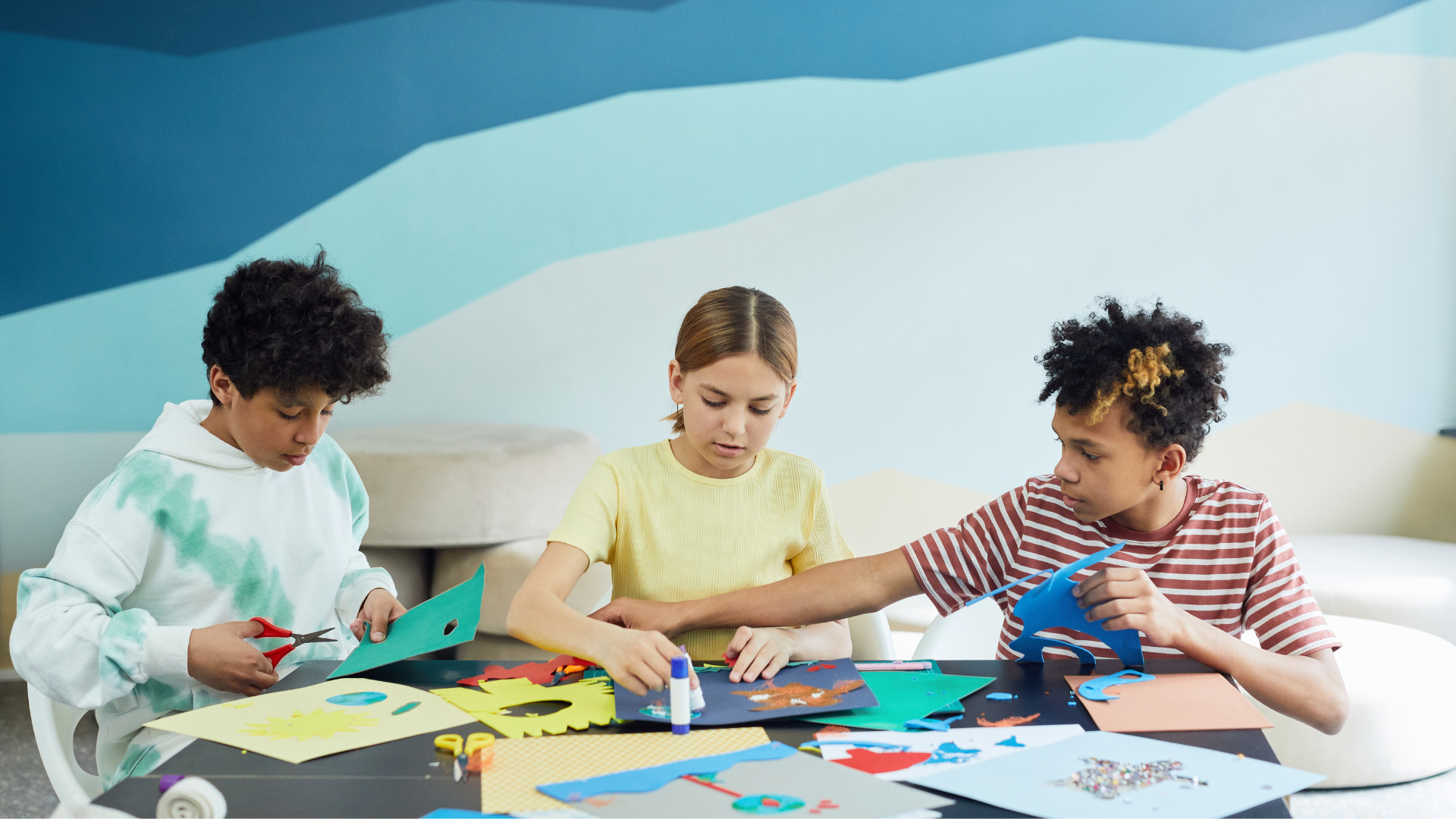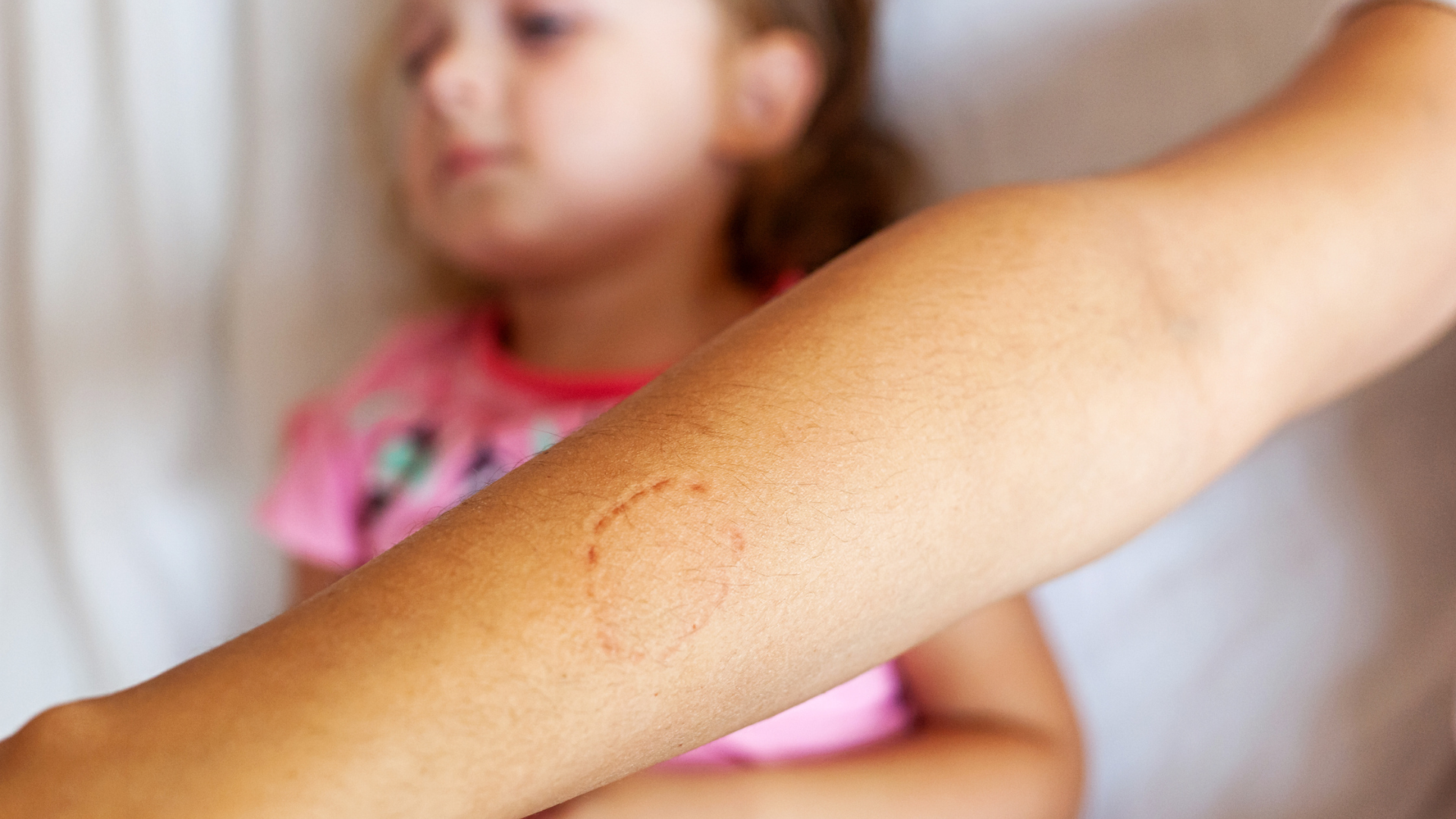How Children Learn Resilience, an Early Years Super Power
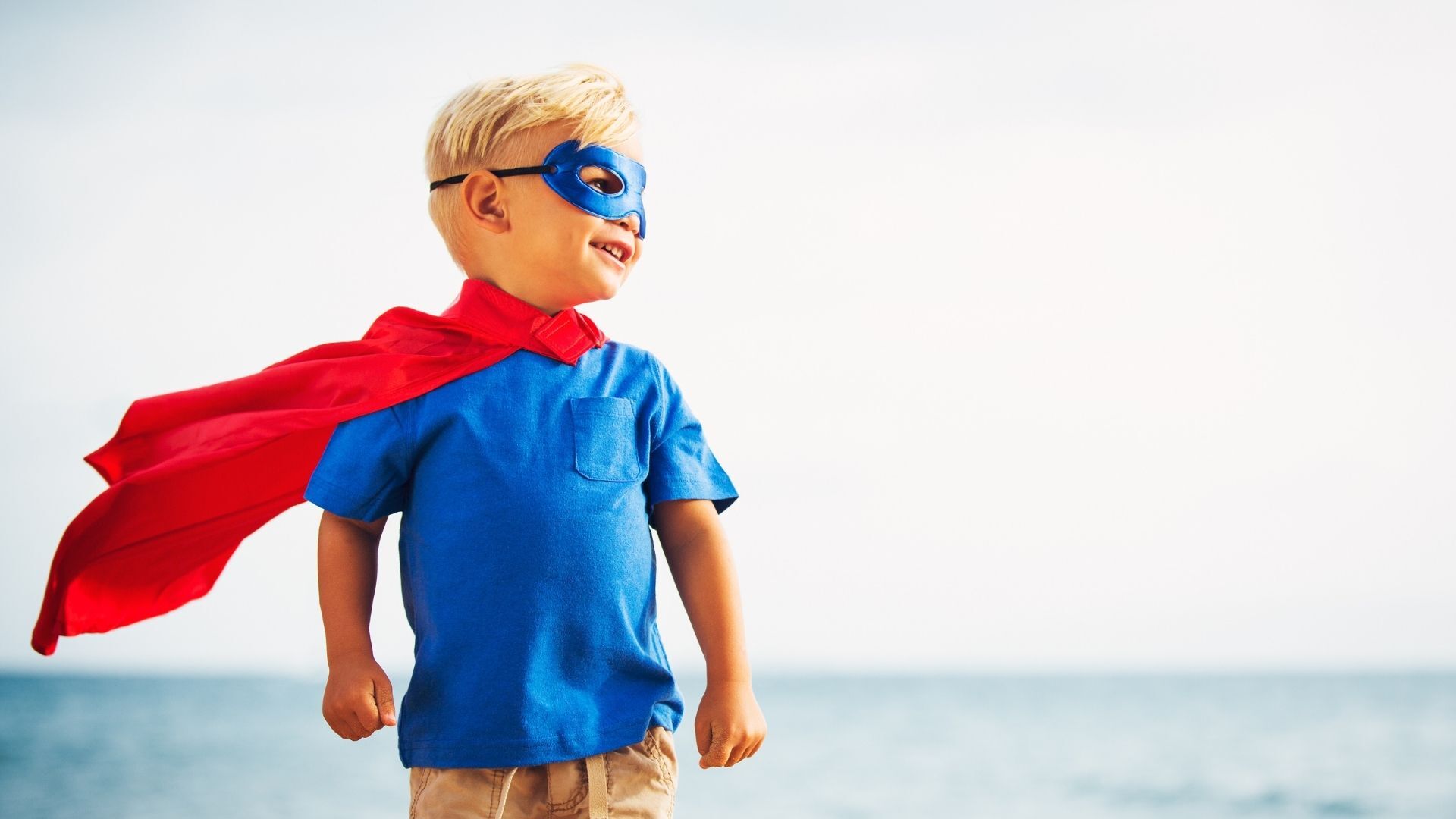
Eavesdrop on any parent gathering. Whether new to the game, discussing the relative merits of local nurseries, or old hands with updates on exam results, one constant resonates: ‘I just want them to be happy.’ Wanting happiness for those we care about is natural. We strive to create the conditions for our children’s mental wellbeing. Always. But should making children ‘happy’ really be a priority?
No matter what their life circumstances, sooner or later all children encounter setbacks. The ability to bounce back from adversity is crucial, whether that means getting over the loss of a favourite toy, coping with the distress of finding a best friend prefers to play with another child, or making progress despite a learning disability. So perhaps, ‘ I just want them to be resilient’ is a better thing to wish for?
Resilience is a lifelong skill, useful in all sorts of personal and professional situations. Enhanced resilience skills are what new graduates need to negotiate the world of unpaid internships that may or may not lead to job security. It’s what adults need to pick themselves up after financial or personal loss. Resilience is what allows humans, big and small, to succeed in the face of adversity. Resilience is an attitude. It is habit we cultivate, and best learned young.
‘Resilience’ as a field of interest for academics and Early Years professionals isn’t new. ‘Parenting and resilience’, a report supported by the Joseph Rowntree Foundation (JRF), an independent development and social research charity, explains that in professional practice, the consideration of resilience helps adults look at problems, deficits or psychopathology in children as ‘strengths and opportunities on which children can build,’ as opposed to qualities that need to be ‘remedied or treated.’
Another example is ‘What works in building resilience?’, a 2004 report by Tony Newman for Bernardo’s, an organisation that works to improve conditions for some of the most vulnerable children in the UK. The organisation’s goal is not to eliminate childhood difficulties, but to promote effective adjustment within such situations. The emphasis is not on making sure that children are happy, but on ensuring that, in situations which they are likely to be unhappy, they are able to cope with a robust, balanced and measured response.
Of course, these reports explore ways to help and provide for children in positions of extreme distress, but many of the approaches identified can be applied much more generally. No matter the circumstance, a child possessing the wherewithal to summon strength in adversity fundamentally possesses a superpower. These are some of the many ways parents can foster resilience from very early on, and help their children become their very own superhero.
Talk to Babies from Day One
Children are introduced to speech by hearing others talk. For some parents, talking to babies long before they can fully understand and respond comes naturally. Others find it more challenging. Introverts for example are not big talkers to begin with, but the good news is that anyone can get into the habit of talking to their baby. Start by narrating daily events as they happen: ‘Your diaper feels damp, so I’m going to swap it with a dry one, then we can go out for a walk in the sunshine.’ Word-flow is first met with smiles. The smiles turn into babble, then words, and eventually full sentences. Over time the narrating sequence of actions is absorbed and digested into logical thoughts that can apply to any life situation. When setbacks eventually happen, your child won’t just react to unpleasant events by being ‘not happy’, but will reason through them logically. You’ve given your child the ability to be resilient.
Consider a Nursery that Follows Montessori Methods
Resilience is a habit honed over time. The more practice your child gets, the more resilient she or he becomes. Giving your child plenty of space and opportunities for creative, self-directed, exploratory play is important for developing resilience. Nothing is better for building resilience as a child than choosing your own missions, making your own mistakes, and finding your own solutions to problems, real or imagined. Results-orientated education begins far too early in the UK and the US, which often leads to stressful, nd counterproductive experiences for children discovering their own little place in the world. We covered some of the benefits of a Montessori education in this article, but in short, Maria Montessori’s methods were all about allowing children to choose their own games, find their own challenges, and learning from their own mistakes. The repetition of trial and error, coupled with hands-on play, promotes concentration and self-discipline. It builds self-confidence through the growing understanding that if something doesn’t work right away, you can always try again. There is no judgement, there are no grades. The key to resilience is confidence, and Maria Montessori was all about that when it came to children.
Choose Tangible Playthings that Encourage Discovery
To think of children’s toys as objects of simple entertainment greatly underestimates the importance of toys. As shown by Professor Jeffrey Goldstein in his paper, ‘Play in Children’s Development, Health and Wellbeing’, toys are developmental tools for small hands that help children think, grow, and learn. Old-fashioned toys like wooden shape sorters, xylophones and construction kits like Duplo, are considered to be some of the best educational tools for toddlers a parent can buy. They provide tangible nodes over which children and adults can connect. Toys are catalysts for the exploration of space, quantities, cause and effect, and of course, resilience. As adults, it’s often hard to resist the urge for making play more aesthetically pleasing: ‘Stack this block next… maybe the cars should stay on the roads…” Well, we shouldn’t! By interfering in the aesthetics of the game, we shatter the micro-fantasy that children are enacting. Through interacting with toys, the children are accomplishing many imperceptible things. They are on a mission. Solving a problem. They may not necessarily articulate it, but they are discovering a solution to an imagined predicament. Just follow their lead.
Approach Challenges As a Multisensory Experience
If during play, children initially find a challenge overwhelming, you can help them tackle the task by breaking it down into smaller steps. When the challenge is tangible? Even better, because it becomes a multisensory challenge. Neurologist Judy Willis provides a very good suggestion on the Guardian Teacher Network for multisensory problem-solving with toys. Willis suggests giving a group of children a broken mechanical toy such as a jack-in-the-box and asking them how they think it works. In the beginning you will notice that children are unlikely to be confident about their first ideas and answers. After an initial enquiry, encourage them to take the object apart, using their hands to inspect the various parts any way they choose. By doing so, you give them the opportunity to move from feeling uncertain about their answers, to being confident in discovering the answer through hands-on play. When asked the question again, their answer might still be incorrect, but they are no longer anxious about a right or wrong answer. They’ve become excited about the process of discovery instead.
Help Children Work at Relationships With Their Peers
Children’s friendships can be a frequent source of upset. They seem inconsequential to adults, but we forget that even though small in the grand scheme of life, children’s relationship problems are huge in proportion to their experience, age, and understanding. When upsets happen, helping children see things from another point of view than their own, is a quality that all children can learn with help. A Mumsnet thread about children’s quarrels was started by a frustrated mother looking to help her child deal with a squabble between best friends. Among the suggestions was a technique which the contributor calls: ‘the finger of five options.’ The first step is to draw around the child’s hand. Then, starting at the first finger, ask what the child thinks has happened before considering an alternative possibility for each of the other fingers. As the contributor explains: ‘You build resilience by offering them a way to make sense of what is happening and how to move on from it.’ This sort of exercise pushes children to enlarge their narrow sphere of understanding in which just one interpretation of events is correct and fair. Over time, they will no longer need to use a hand drawing to rationalise a distressing event, but will be able to reason through it independently, and automatically.
Teach Children to See Failure as a Positive Experience
There’s such a strong focus on achievement in every stage of childhood now that even very young children can worry about letting themselves or their parents down. When it comes to exams, this focus is further reinforced by a common system in which parents attempt to encourage children to work by offering financial rewards for high grades. In families where sustained effort is most prized however, high grades become their own reward system, and whatever the outcome of hard work, the child has learned to persevere – an invaluable skill that paves the way for bold experimentation and new discoveries. Every failure comes with an instantaneous silver lining. When we fail, two signals are triggered in the cortex, explains author and former international table tennis champion Matthew Syed. The first is an involuntary response to making a mistake. The second, which happens 200–500 milliseconds afterwards, is associated with heightened awareness. You notice more things, you see more angles, you can take in more information. You are automatically, and evolutionarily, learning from your own mistakes. It would be great if every child knew that a brilliant opportunity to learn arrives at the very moment they’re consumed by a mistake and ready to kick themselves over it, but explaining evolutionary science to a small child isn’t easy. Unfortunately, the best way for children to learn from their mistakes, and to ‘learn they can learn from their mistakes’, is allowing them to make mistakes. Many, and often. Making mistakes is natural, it will happen their whole lives, and the sooner they can accept that, the more practiced at bouncing back they will be.
Lead by Example
The way adults deal with setbacks, and the language we use when things aren’t going according to plan, influences children’s responses in similar situations. If a parent takes it in their stride when they miss a bus, burn supper, or miss out on plans, their child is likely to imitate such positive behaviour. If we react badly, get angry, and lose our temper, children will also imitate us. It’s human to conflate difficulties that are in fact unrelated, in the face of dispiriting setbacks. But a ‘nothing ever goes right for me’ mentality can be hard to shake off, and contagious for our littles. Children pick up on our vibes, attitudes and reactions. Treating setbacks as challenges to be met with ingenuity and humour, and letting our children see the way we react, is by far the best way to help them learn resilience. It isn’t necessarily easy, but making an effort to model our adult behaviour to the behaviour we’d like from our offspring, can often motivate us to be better, and be more positive about life ourselves.
Much of the research into resilience shown in the academic links above has been carried out by charities that work with children and young people growing up in care. The reports make resilience look more like surviving than thriving, but all children will eventually meet hurdles, and how they learn to approach the small ones will affect their ability to leap over the taller ones later in life. There is no consensus on the precise nature of resilience, but the Rowntree report states that: ‘Wherever resilience is located, the research evidence does tend to converge around the pivotal role that parents play in developing it.’
In essence, we, as parents, are responsible for resilience in our children. So let us not obsess over happiness, and let us focus on resilience instead. If happiness is a result, resilience is a process that leads to it. Let us focus on giving children a superpower that will allow them to make themselves happy, to deal with real life situations, and to become confident problem solvers in the face of setbacks.
Share Post
Complete the following form if you require more info about EQ4kids or want to enroll your child at your nearest Franchise.
Blog Enquiry
